Great album covers stand up as works of art in their own right, adding depth and meaning while also providing a springboard for the listener’s own imagination – and that goes double for prog covers. Much like the music it houses, classic prog album artwork pushes boundaries and sets new standards. Here are the 10 best.

10. Caravan – In The Land Of Grey And Pink (1971)
Anne Marie Anderson’s graceful line drawing and delicately muted water colours swaps the bucolic idyll portrayed on Caravan’s previous album in favour of a Tolkien-style fantasia. Evocative and whimsical, it’s curiously devoid of people. Perhaps they’re all out somewhere. Enjoying a romantic assignation on an unseen golf course maybe?
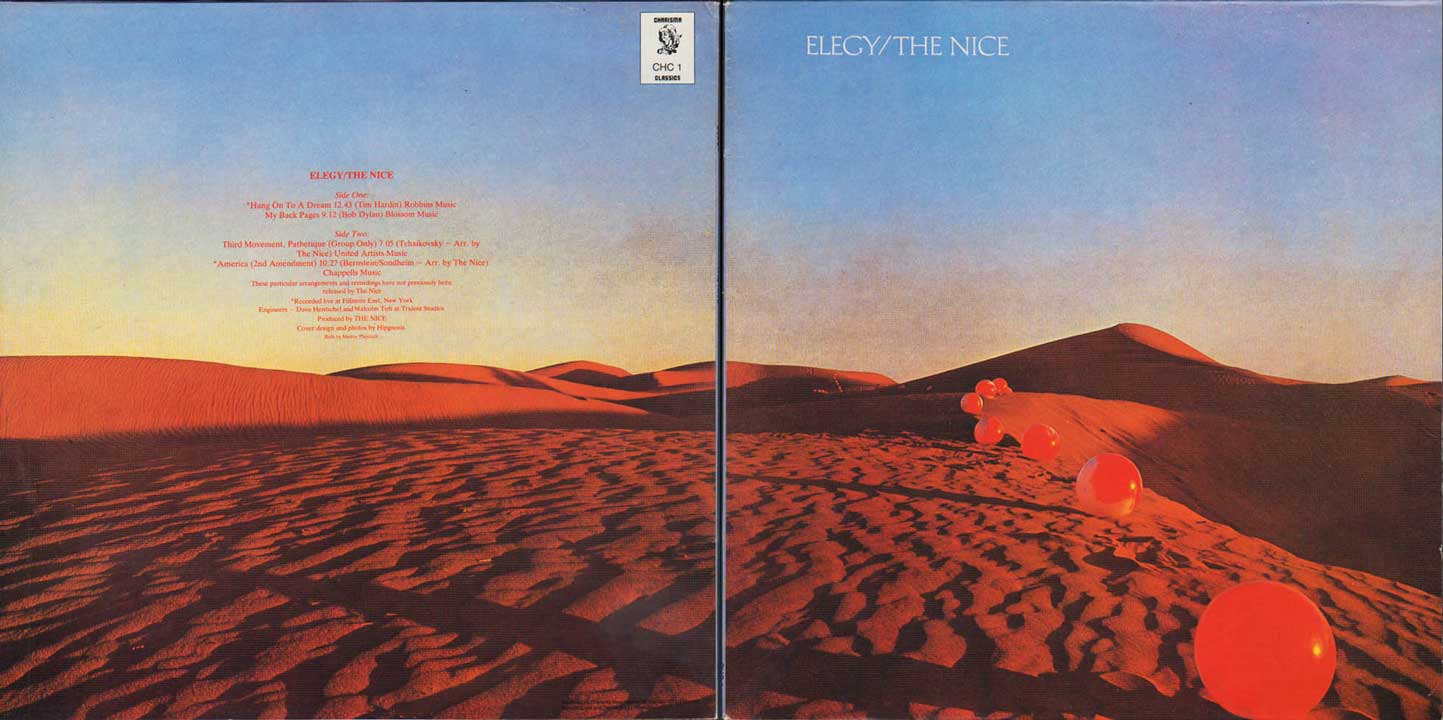
9. The Nice – Elegy (1971)
Defining much of the sophisticated multi-layered visual language of the ‘60s and ‘70s, Hipgnosis thought nothing of flying out the desert in order to straddle an undulating dune with strategically placed footballs. Avowedly enigmatic, this line in the sand suggests an ephemeral monument to a band that was no more.
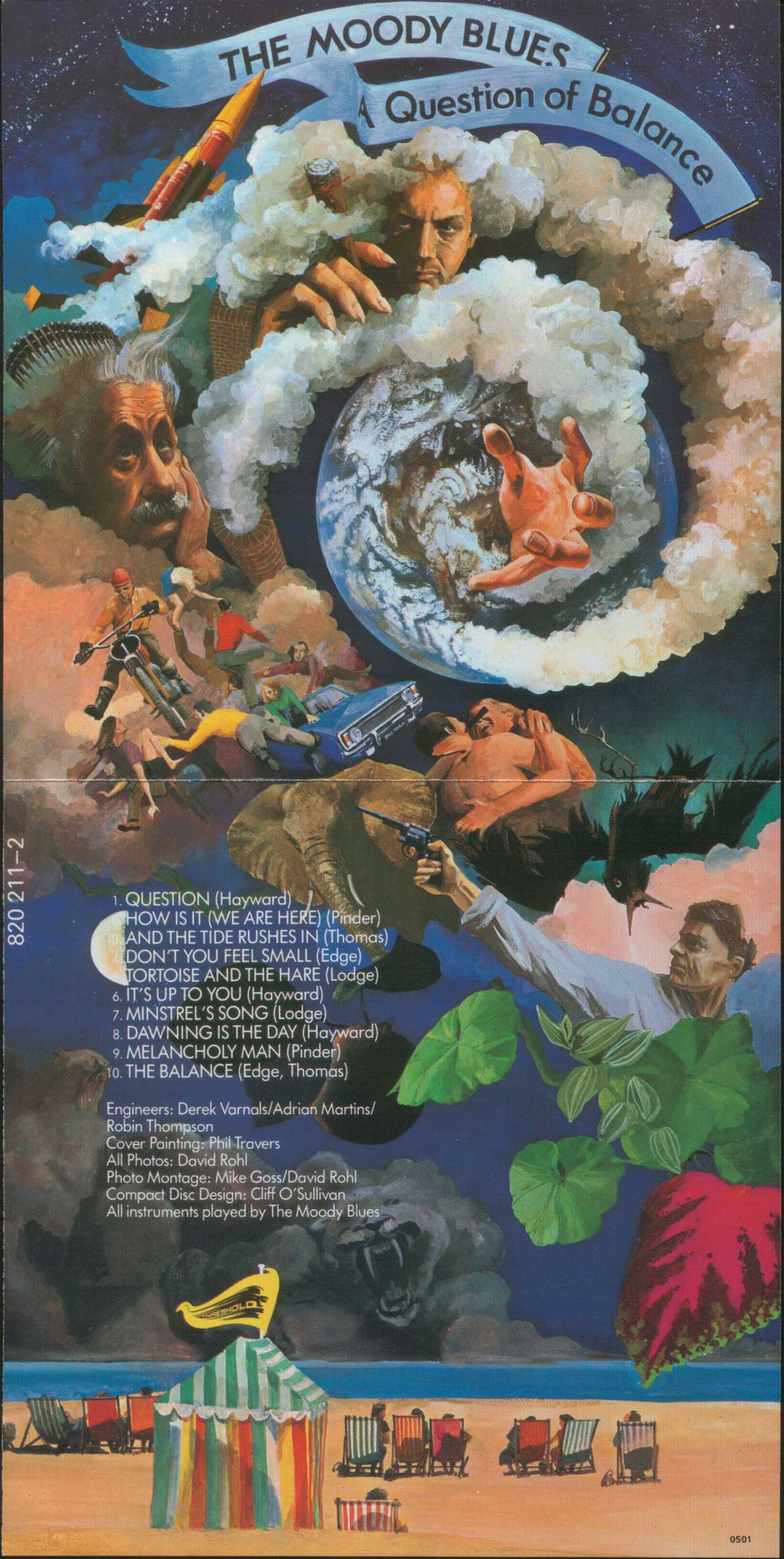
8. The Moody Blues – A Question Of Balance (1970)
A turbulent universe unfolds above rows of oblivious, decked-chaired punters on the beach in Phil Travers’ epic meditation on the consequences of life in the Einstein age. Pondering apocalyptic threats, social unrest, unchecked industrialisation and rapacious capitalism, its ominous messages seems as relevant now as they were in the ‘60s.
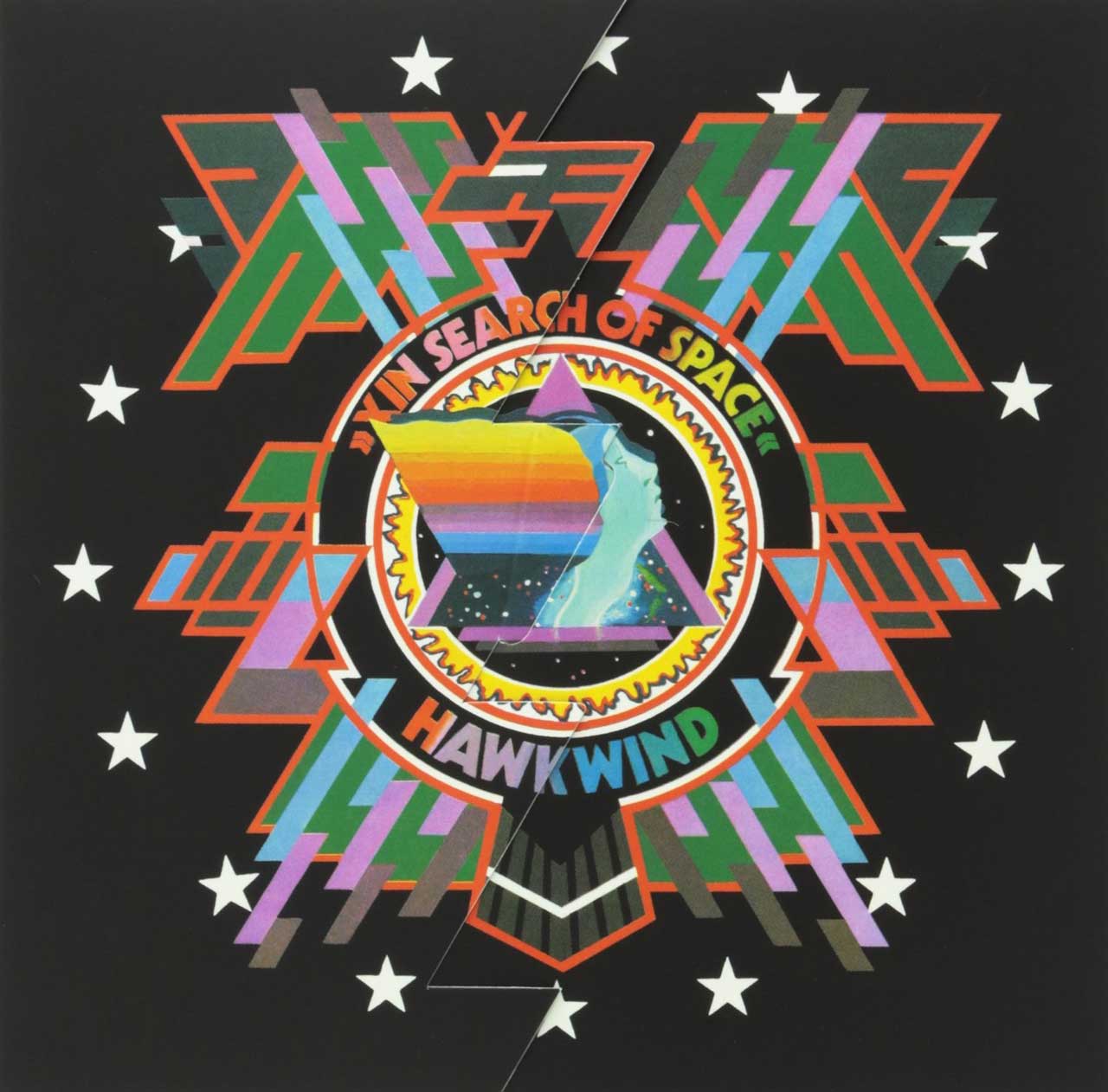
7. Hawkwind – In Search Of Space (1971)
Barney Bubbles’ interlocking die-cut sleeve employs sleek lines and art-deco retro-futurism to resemble a recruitment poster for Dan Dare’s Interplanetary Space Fleet on Hawkwind’s space-rock landmark. With the Hermes-like figure at the centre, implying an irresistible surge towards velocity and discovery, X most certainly marks the spot for this desirable item of extraterrestrial treasure.
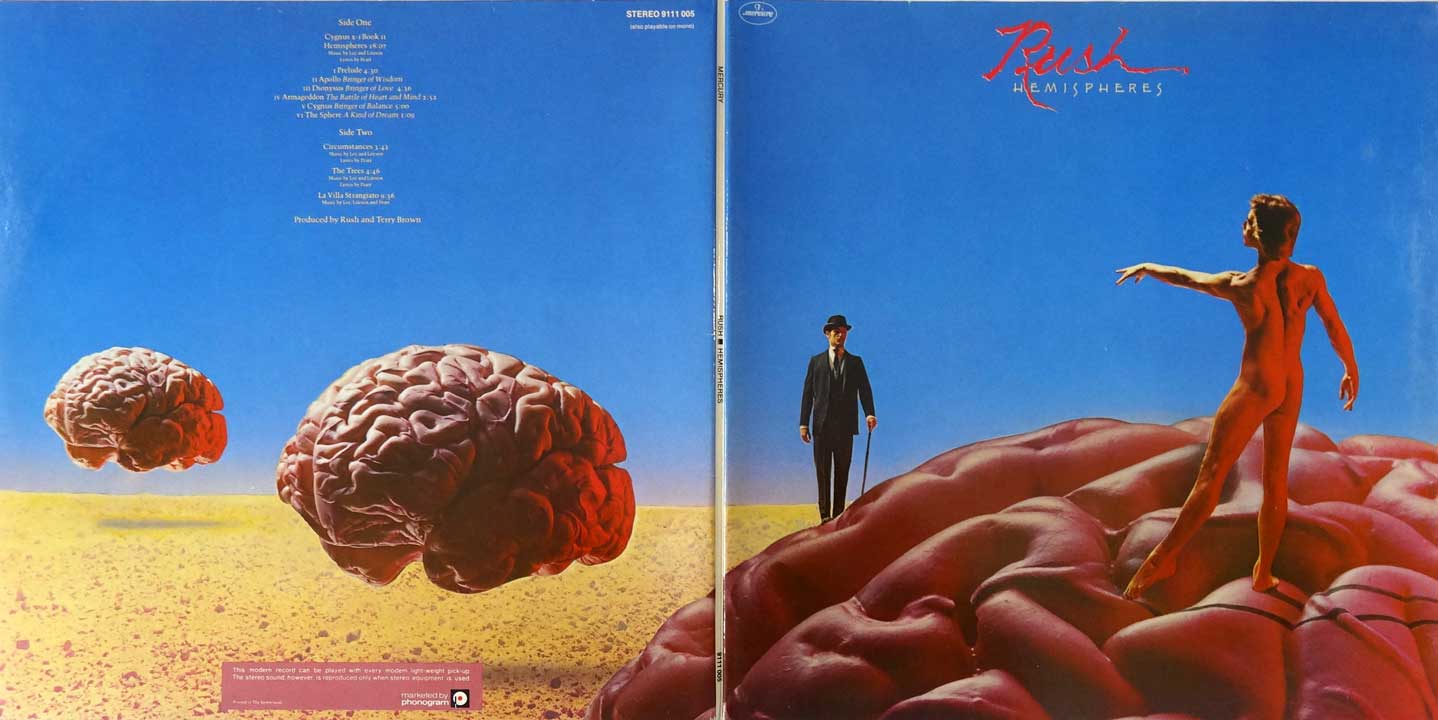
6. Rush – Hemispheres (1978)
Masterminded by long-term Rush collaborator Hugh Syme, we see opposing figures going head to head, mirroring the music’s archetypal power-play. Polar opposites, the Magritte-inspired figure of logic and analysis confronts a Dionysian variation upon Rush’s Starman, here standing up for unfettered creativity – two characteristic qualities often associated with the band.
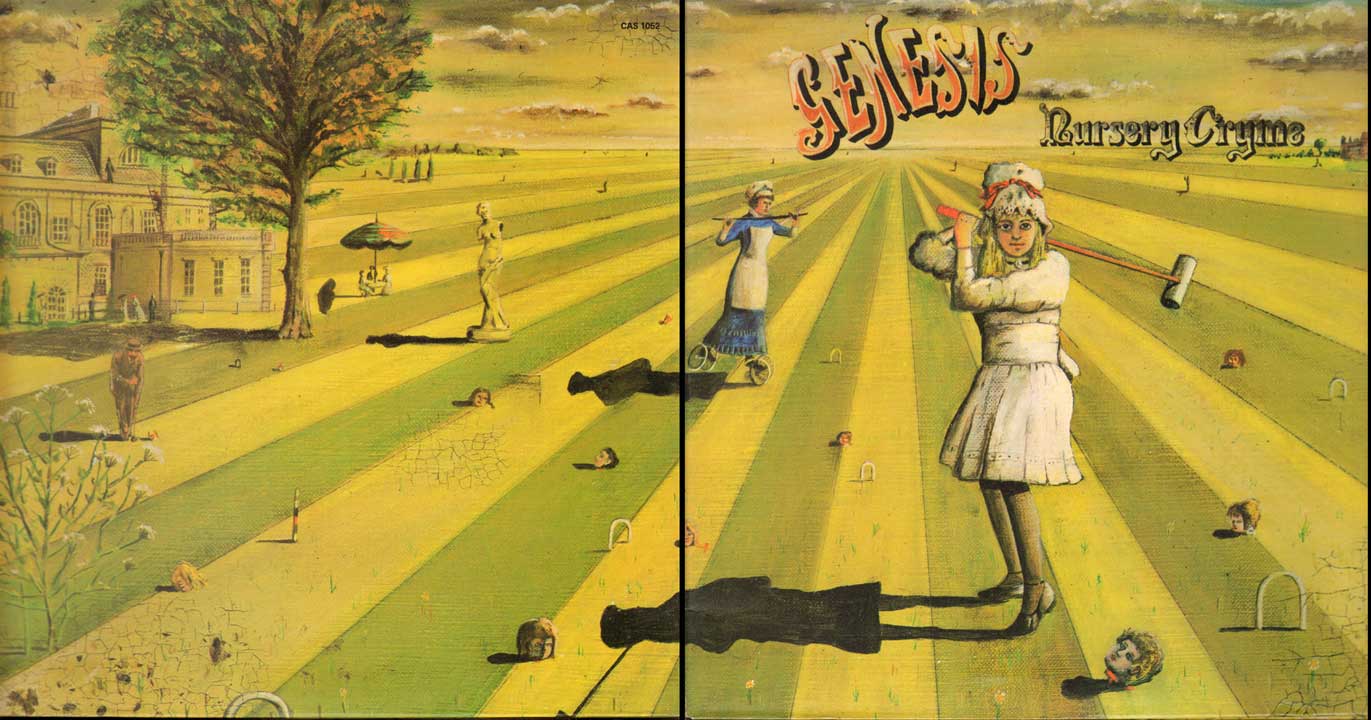
5. Genesis – Nursery Cryme (1971)
Paul Whitehead’s forced perspective of a Victorian stately landscape is the perfect home for Genesis’ tall tales of decapitation, suicide and unnerving botanical stirrings. Real insects, captured after Whitehead varnished the original canvas, add to the pervading sense of underlying corruption and darkness in this disturbingly skewed fairytale England.
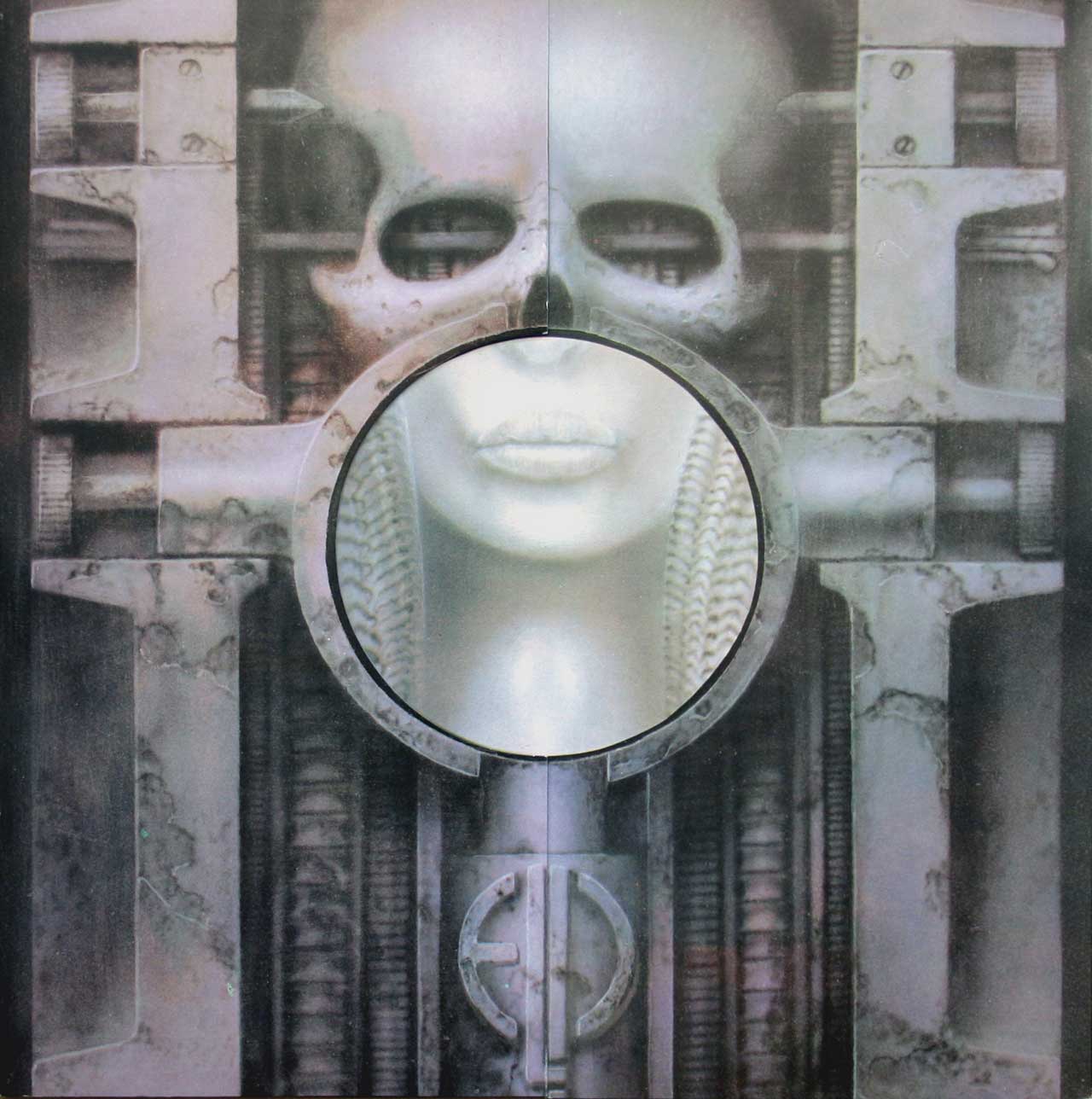
4. Emerson, Lake & Palmer – Brain Salad Surgery (1973)
HR Giger’s xenomorphic creations are now firmly entrenched in popular culture. However in 1973 the world was entirely unfamiliar with his dystopic nightmarish visions, welding Man and machine together. The record company, unable to swallow the controversial sex act originally depicted on the die-cut cover of ELP’s Brain Salad Surgery, insisted it was airbrushed away.
- Why were Pink Floyd's label angry about their Wish You Were Here artwork?
- Phil Collins: I would have quit Genesis for The Who
- ELP Quiz: How well do you know Brain Salad Surgery?
- The Top 10 best Rush songs from the 1970s
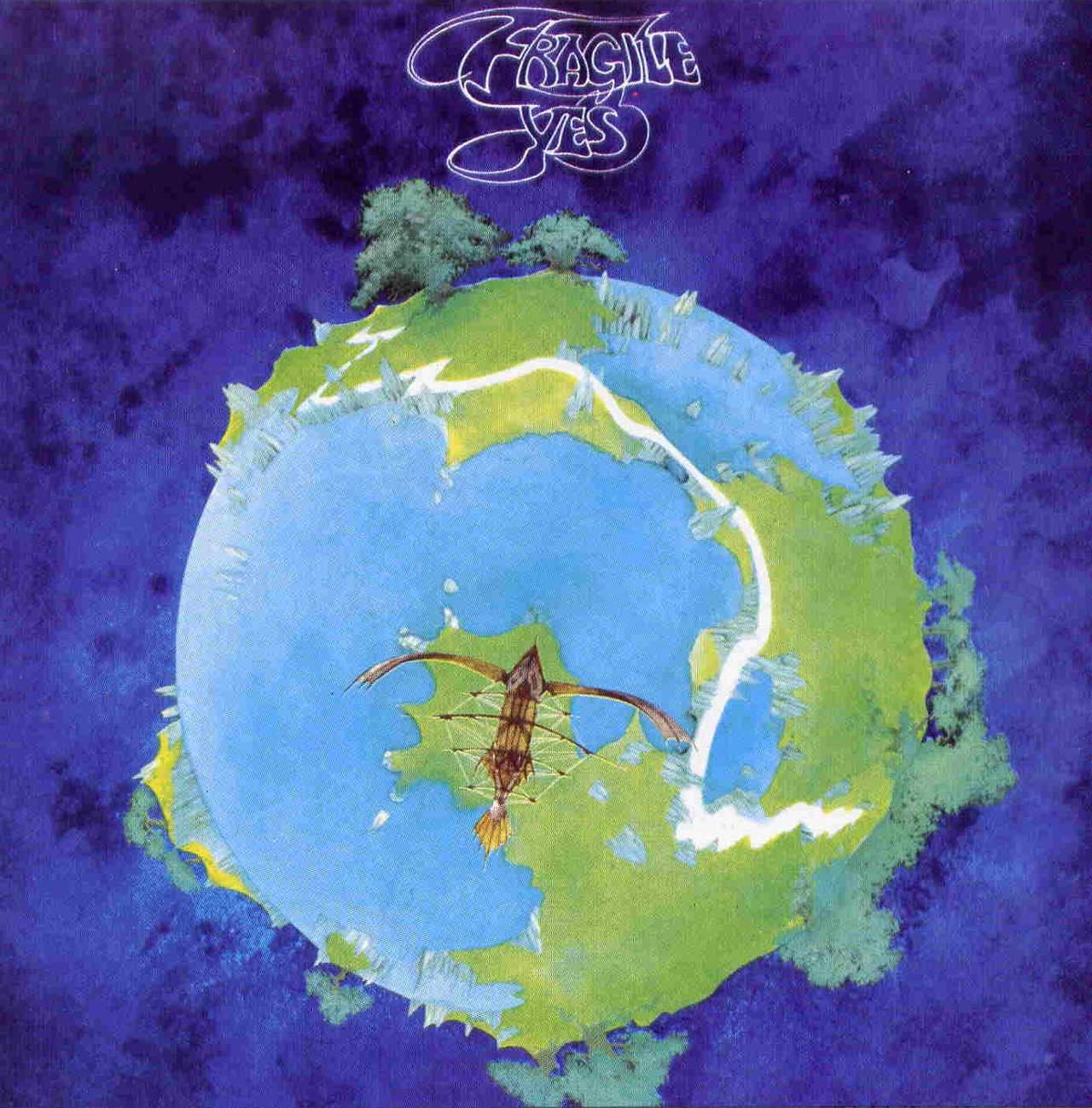
3. Yes – Fragile (1971)
Already an experienced designer, Roger Dean’s fertile partnership with Yes starts here. With subsequent sleeves he continued exploring a beguiling universe on a vast and impressively detailed scale. Filled with exotic locations, flora and fauna, Dean’s hugely influential concepts established a powerful resonance far beyond the music it housed.

2. Pink Floyd – Wish You Were Here (1975)
Peeling away the black shrinkwrap originally concealing the album revealed complex layers of memorable, striking imagery resonating and plugging into the record’s dark, lyrical themes. However, the burnt-out case being welcomed into the corporate machine has become one of the most enduring and arresting images from Hipgnosis’ partnership with Floyd.
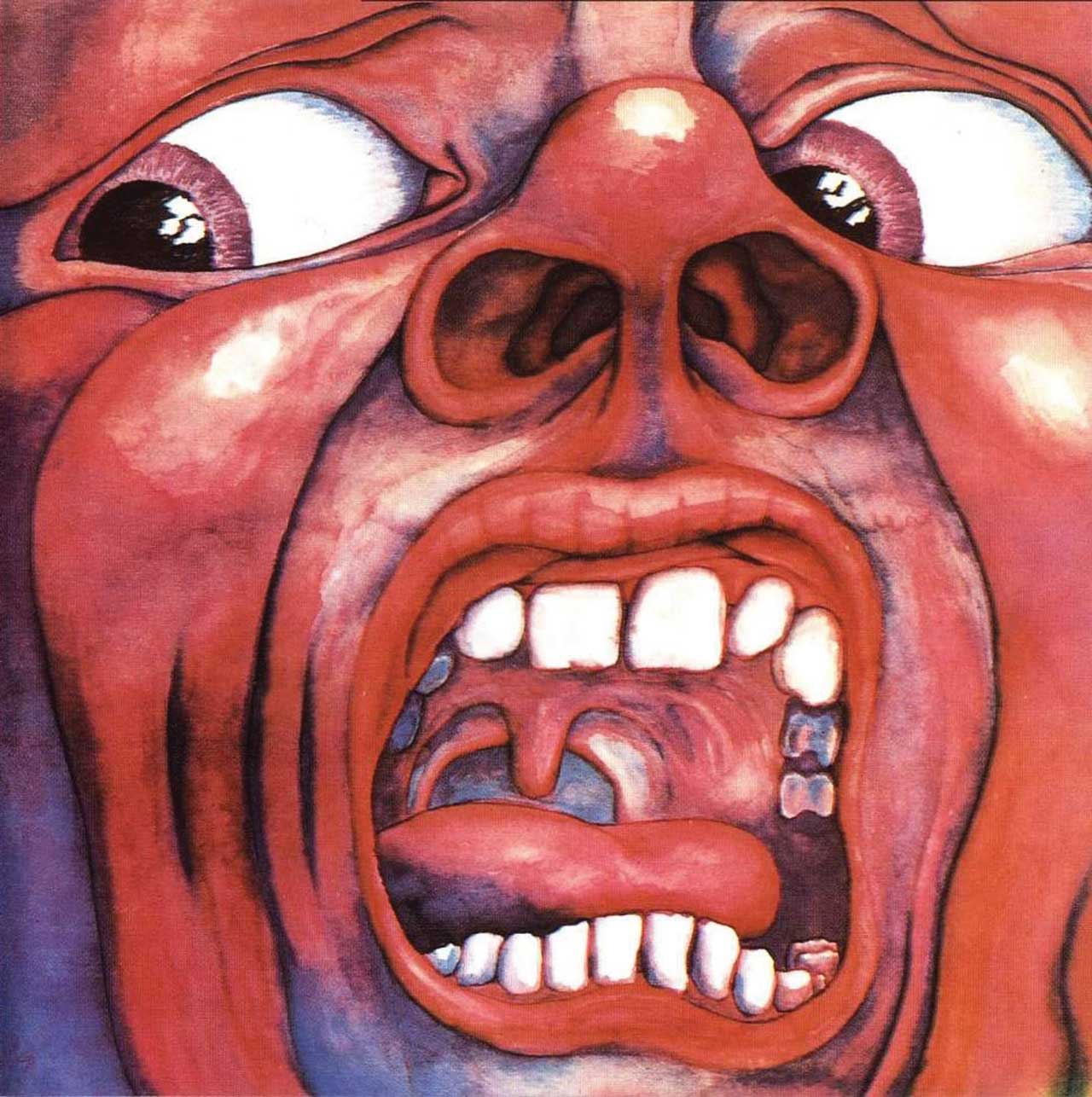
1. King Crimson – In The Court Of The Crimson King (1969)
When King Crimson commissioned their friend Barry Godber to come up something for their debut album, nobody had any idea what to expect. With a frightening intensity, based on a hyper-stylised self-portrait of the artist, it heralded the music’s startling volatility and embodied the turbulent, schizoid spirits of the times.

